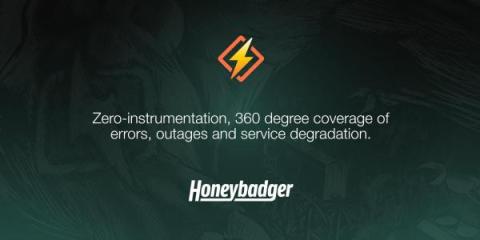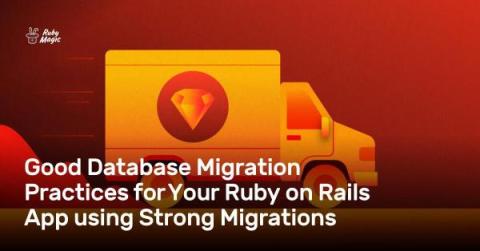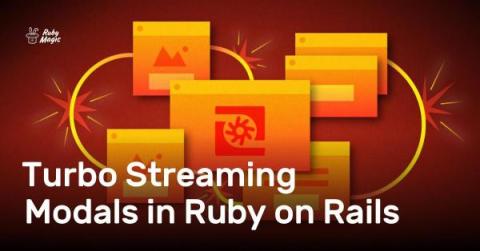Creating Forms in Ruby on Rails with Simple Form
Ruby on Rails has changed how we build web applications. Early on, the framework came with some great features to help you get started and build robust applications. However, it can still be tricky to build and handle forms. Simple Form is a great option. Let's examine what Simple Form is, why we might need it, and some real use cases.








